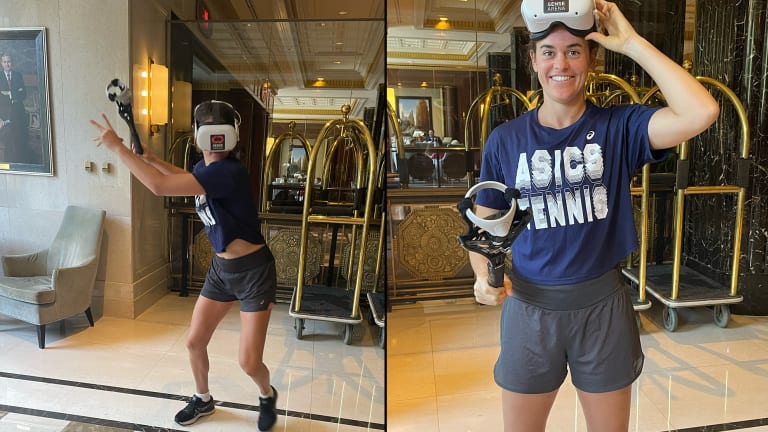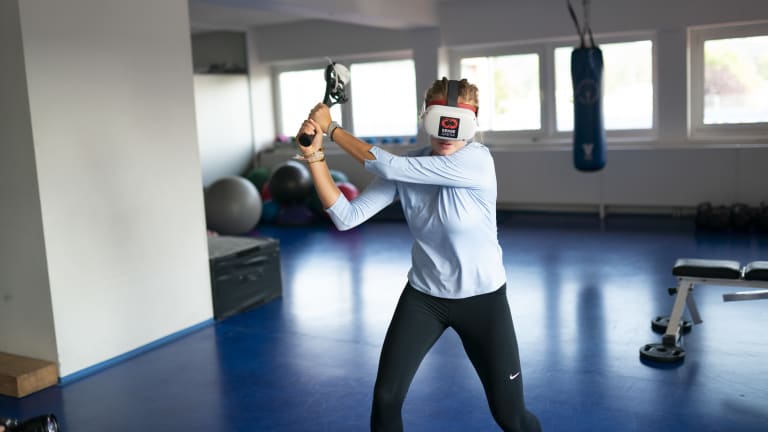The Business of Tennis
The less a tennis player thinks, the better, right? Sense Arena's new VR training program has other ideas
By Nov 12, 2022The Business of Tennis
Co-founder Novak Djokovic exits PTPA: "My values and approach are no longer aligned"
By Jan 04, 2026The Business of Tennis
How Aryna Sabalenka is building a brand as powerful as her game
By Jan 01, 2026The Business of Tennis
Naomi Osaka is leaving the sports agency she co-founded
By Dec 19, 2025The Business of Tennis
Coco Gauff is Forbes' highest-earning female athlete for second year running
By Dec 18, 2025The Business of Tennis
Garbiñe Muguruza returns to Madrid as co-tournament director
By Dec 13, 2025The Business of Tennis
Billie Jean King applauds historic WTA, Mercedes-Benz partnership: “Far beyond tennis”
By Dec 11, 2025The Business of Tennis
Coco Gauff inks deal to become global brand ambassador for Mercedes-Benz
By Dec 09, 2025The Business of Tennis
Inside BUNKR, the cybersecurity startup winning over the tennis world
By Dec 07, 2025The Business of Tennis
Coco Gauff tops Sportico's highest-paid female athletes list for third year running; Sabalenka, Keys make major jumps
By Dec 04, 2025The less a tennis player thinks, the better, right? Sense Arena's new VR training program has other ideas
“It’s not like Wii,” says Jennifer Brady, who dove headset first into a virtual tennis world during her recovery time away from the tour.
Published Nov 12, 2022
Advertising
Advertising

“If you want to find ways to challenge yourself, there are lots of hidden gems” among Sense Arena's mental drills, says Jennifer Brady.
Advertising
Advertising

Linda Fruhvirtova uses a haptic racquet as part of her Sense Arena experience.